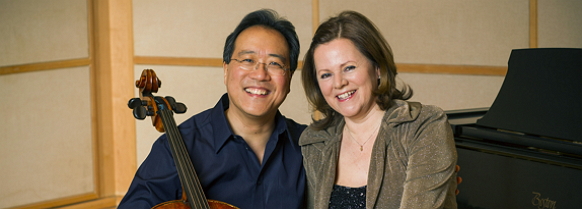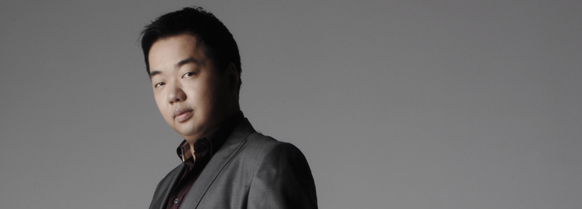Tag: Stravinsky
-

PROGRAM NOTES: JEREMY DENK
Johann Sebastian Bach English Suite No. 3 in G Minor, BWV 808 Bach’s keyboard suites are a remarkable amalgam of the florid keyboard idiom of the French, the lyrical gift for vocal melody of the Italians, and the sober contrapuntal rigour of his fellow Germans. The suites which posthumously (and illogically) came to be labelled…
-

PROGRAM NOTES: YO-YO MA & KATHRYN STOTT
Igor Stravinsky Suite Italienne At the end of the Great War Igor Stravinsky underwent a radical shift in his compositional techniques and aesthetic aims. Gone were the gargantuan orchestras that had performed the lush, colorful scores of his pre-War ballets Firebird and Petrushka. Gone, as well, the dense chord structures and revolutionary rhythmic tumult that…
-

PROGRAM NOTES: NING FENG
Program Notes: Ning Feng Ludwig van Beethoven: Violin sonata no. 1 in D major, Op. 12, no. 1 Ludwig van Beethoven wrote his first violin sonatas, a set of three (Op. 12) in 1797-98. Six more sonatas appeared by early 1803, and one more in 1812. Although we refer to these ten works as “violin…

